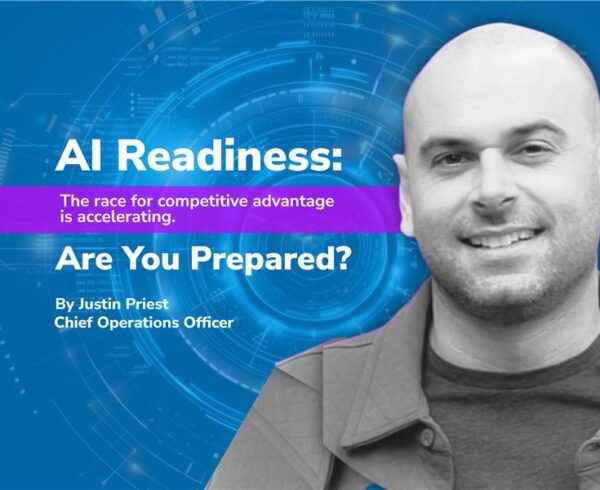Cloud costs are under more scrutiny than ever. Overruns slow innovation, cut into profits, and create uncertainty in planning. In most cases, the challenge isn’t the technology—it’s the lack of the right team, governance, and processes to manage it well.
With disciplined DevOps practices, organizations can make efficiency part of their culture. Smart automation and real-time visibility help teams catch waste early, adjust before things get expensive, and scale resources to match demand. This doesn’t just reduce costs—it improves agility and predictability. According to Gartner, many organizations overspend on cloud services by as much as 70% due to inefficiencies and weak governance, making governance, making oversight and accountability essential.
Why Cloud Costs Spike
Costs often rise because of unchecked use, hidden charges, or lack of visibility. Common drivers include:
- Idle virtual machines, unused storage, and forgotten snapshots
- Overprovisioning “just in case” instead of right-sizing
- Dynamic workloads (AI training, analytics) creating sudden spikes
- Data transfer fees between regions
- Poorly configured autoscaling policies
- New services launched without cost modeling
- Licensing fees and third-party add-ons
Without oversight, these add up quickly. At the board level, this lack of transparency creates strategic risk and undermines confidence in technology investments. The best teams address this by making cost evaluation part of every deployment so issues are caught before invoices arrive.
Core Strategies for Cloud Cost Optimization
The biggest savings in cloud cost optimization come from how teams manage resources, not simply from pipelines or tools. One effective strategy is to consolidate functions across applications, eliminating duplication and reducing unnecessary licensing fees. Equally important is rightsizing resources so that compute, storage, and networking align with actual demand rather than being oversized “just in case.”
Strengthening governance and visibility also plays a key role, with clear tagging policies, defined budget ownership, and real-time reporting ensuring that costs are actively managed. Taken together, these steps embed efficiency directly into operations rather than treating it as an afterthought.
How CI/CD Supports Efficiency
CI/CD pipelines don’t cut costs by themselves, but they help enforce good practices. Automation reduces bugs, rework, and application bloat—all of which drive costs higher. Well-designed pipelines can:
- Run builds and tests during off-peak hours to lower usage charges
- Automatically shut down or scale environments after use
- Deploy incrementally to reduce expensive rollbacks
CI/CD works best as a support system, keeping environments consistent and waste-free.
Real-Time Visibility and Smart Automation
Lasting efficiency starts with visibility. High-performing teams unify billing data across platforms into one view so they can spot underutilized instances, unused storage, or runaway workloads.
Infrastructure as Code (IaC) adds proactive control by embedding shutdown schedules, rightsizing rules, and alerts into deployments. This combination of real-time insight and proactive automation prevents over-allocation and ensures resources scale with real demand.
Building a Sustainable Cloud Cost Culture
Optimizing cloud spend isn’t a one-time project — it’s a cultural shift. The most successful organizations assign budget ownership at the team level, provide engineers with dashboards showing the financial impact of their work, and treat efficiency as a performance metric.
Here’s the contrast:
| Reactive Approach | Proactive, Team-Led Approach |
| Costs discovered after invoices arrive | Costs tracked in real time by teams |
| No clear budget ownership | Engineers accountable for spend |
| Manual shutdowns (if any) | Automated rightsizing and shutdown policies |
| Efficiency as an afterthought | Efficiency as a performance metric |
Regular reviews, anomaly alerts, and cost discussions in retrospectives ensure cloud spend stays front and center, even during fast-moving projects. This feedback loop allows lessons learned to be applied quickly and makes improvements sustainable over time.
The Bottom Line
Cutting cloud costs requires more than tools—it requires strategy, governance, and accountability. CI/CD pipelines and IaC help enforce that strategy, but culture is what makes efficiency last. When the right team has clear ownership and visibility, cloud cost management shifts from a reactive task to a true competitive advantage.






